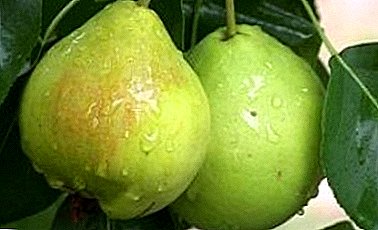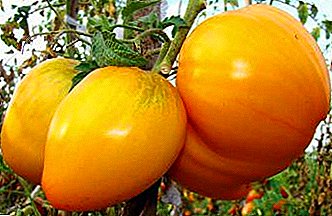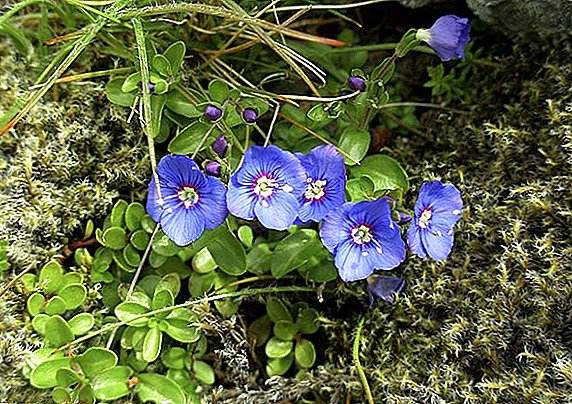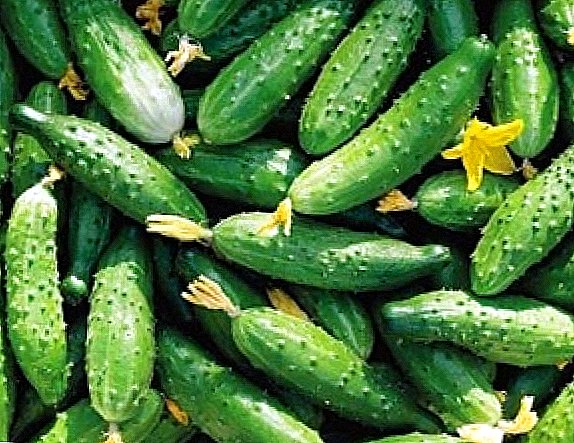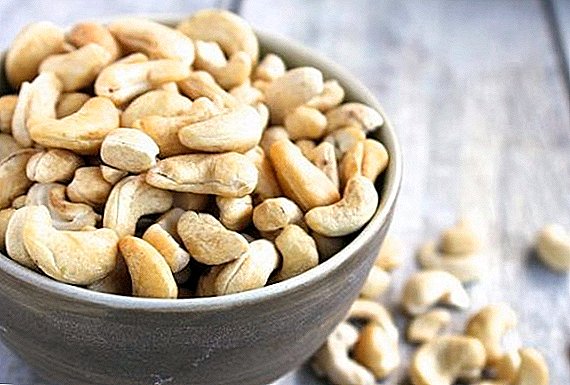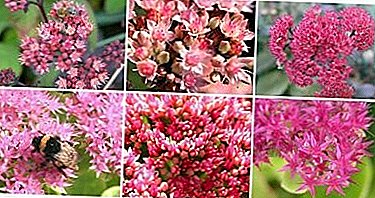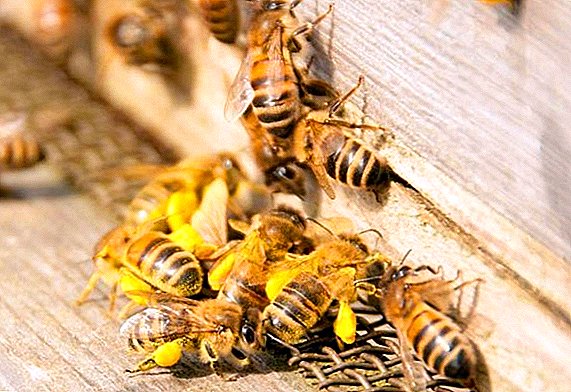 Before starting to create an apiary, a beginning beekeeper should theoretically learn the basics of beekeeping. This article contains basic recommendations for a beginner beekeeper: where to start, how to choose the bees, the type of hives, the right care, and much more.
Before starting to create an apiary, a beginning beekeeper should theoretically learn the basics of beekeeping. This article contains basic recommendations for a beginner beekeeper: where to start, how to choose the bees, the type of hives, the right care, and much more.
The basics of beekeeping, you need to know first
The basics of beekeeping for beginners is a kind of alphabet. Therefore, it is necessary to stock up on knowledge. As a budding beekeeper, you will always learn. Specialized books and articles on beekeeping will help here. And to obtain not only theoretical, but also practical knowledge, you can enlist the support of an experienced beekeeper.
Device and maintenance of hives
Anyone who wants to do beekeeping asks a question: where to start. The first required official registration. Even if you plan to keep one beehive, you need to get a passport at the apiary.
 Next, we select a place for the apiary. The most optimal location of the apiary is behind a high fence or next to the trees. The shade of the trees helps the insects to maintain the microclimate of the dwelling in the summertime, and the high fence covers the hives from the wind. You should not have an apiary in the valley: it will lead to the development of fungal diseases, which will complicate the work.
Next, we select a place for the apiary. The most optimal location of the apiary is behind a high fence or next to the trees. The shade of the trees helps the insects to maintain the microclimate of the dwelling in the summertime, and the high fence covers the hives from the wind. You should not have an apiary in the valley: it will lead to the development of fungal diseases, which will complicate the work.
Important! Next to the apiary there should be no colonies of insectivorous birds - this is the golden bee-eater, the foxbird, the coastal swallow. It is imperative to make sure in advance that your neighbors in the area do not breed such birds.
A proper hive must meet the following requirements:
- The design should protect the bees from sudden changes in temperature, rain and moisture. The hive should be warm, but in summer the walls of the structure should not be very hot. If the hive is single-walled, the wall thickness is not less than 3 cm. In the case of a double-wall hive, the space between the walls is clogged with moss.
- The hive is made quite spacious for placing the fruit, as well as storing supplies of honey and plant pollen (cornflower). The design should be made so that you can adjust its volume.
- The hive should be convenient for maintenance and handling. The design should be easily disassembled and reassembled.
- All parts of the hive are made equal in size. The same hives can significantly facilitate the work of the beekeeper and reduce the time spent.
- The hive must have a special mechanism for dealing with ticks: a removable bottom, a special grid with a tray.
- In winter, the nest becomes smaller, the number of frames is reduced. The remaining space should not be empty, it is customary to fill it with insulating pillows.

The interaction of the bee family
In such a business as beekeeping, it is important to know where to begin a beginner. Beginner beekeeper is obliged to familiarize with the peculiarities of the interaction bee colony.
A bee colony (family) is a specially organized cell that does not even associate with neighboring families. A bee colony consists of a queen, working bees and a drone. Together, they represent a bee swarm - a mobile, active part.
The passive part is the bee's nest. The nest consists of honeycombs with broods and food stocks. Nest - an obligatory element of a bee family. It is equipped both for the reproduction of offspring, and for the production of honey products and supplies, and for the protection of the family.  In the bee colony, all members are very closely related. Not a single individual can survive by itself. Vital functions are strictly distributed among family members.
In the bee colony, all members are very closely related. Not a single individual can survive by itself. Vital functions are strictly distributed among family members.
Nutrition Features of Bees
In the apiary for beginners, you also need to know where to start in the issue of nutrition of bees. Bees feed exclusively on plant food. During the honey harvest, working individuals collect nectar from flower plants and convert it into flower pollen and honey. From the latter in the future prepares the pollen.
With a lack of nectar, bee-gatherers can use other suitable plant products: juice of ripe fruits and berries, pad, etc. If the bee family does not have enough nutrition, it is allowed to feed beet or cane sugar syrup. However, this feeding measure is temporary, and honeydew honey can be harmful during the wintering period.
Depending on the climate and conditions of collecting honey, the intensity of nutrition of the bee colony varies. In the summer season, when there are many laid eggs in the hives and vigorous work is going on, the bees have to be fed up. In the cold season, the family eats accumulated stocks of honey. Adult individuals of the colony and brood in the larval phase feed on top dressing. Adult worker bees need the use of honey and pollen. Without honey, the bees will die, so when traveling over long distances, the bees stock up on honey for several days.
 In the first few days after hatching, the eggs of the larvae feed on bee milk. This is a special feed. produced by the bee's glands. From the fourth day, youngsters begin to feed a mixture of honey, pollen and water. After sealing the brood, feeding is stopped.
In the first few days after hatching, the eggs of the larvae feed on bee milk. This is a special feed. produced by the bee's glands. From the fourth day, youngsters begin to feed a mixture of honey, pollen and water. After sealing the brood, feeding is stopped.
The larvae in the nests (queen cells) constantly feed on bee milk. A special group of bees, which cares for the adult uterus, allocates such milk and feeds it regardless of the season. After leaving the nest (cells for the queen bee) and moving in special cells, the uterus can live for several days thanks to honey or feed dough from sugar and honey.
Bee breeding
Studying everything about bees and beekeeping for beginners, you should familiarize yourself with the reproduction features of bees. Two types of reproduction are peculiar to honeybees: recreation of separate individuals of the colony and swarming (disintegration of one bee colony into parts).
In the first case, the life cycle of honey bees begins with the laying of eggs. During the winter season, the queen forms a new colony, laying eggs in each cell inside the honeycomb.
The second type of breeding is a natural part of the life cycle of bees. Reproduction occurs when a colony breaks down into two parts. One part, containing from 40 to 70% of the population of the hive, settles with the old queen in a new place. There is a chance for survival both in the new and in the old colony.
 For mating with drones (male bees), the young queen flies in clear weather from 12 to 17 o'clock in the afternoon. Drones are usually collected in large numbers a few kilometers from the apiary. The uterus takes off from one to three times a day and mates on average with 7-8 drones.
For mating with drones (male bees), the young queen flies in clear weather from 12 to 17 o'clock in the afternoon. Drones are usually collected in large numbers a few kilometers from the apiary. The uterus takes off from one to three times a day and mates on average with 7-8 drones.
The following phases of the development of bees are distinguished: an egg, a larva, a pupa, a pupa.
How to get and save honey
Freshly pumped honey usually has an almost transparent color, but eventually grows cloudy. After the bees are sealed, many enzymes remain in the cells. Thanks to these enzymes honey is preserved for many years (10-20 years). However, the shelf life of honey depends largely on proper storage.
Honey is a different structure. The transition of honey from a liquid to a solid state is called crystallization (sugaring).
Did you know? The liquid consistency of honey can be maintained for a long time, if you first store it for 5-6 weeks at 0 ° C, and then insist at 14 ° C. Honey processed in this way remains liquid for two years.
 Only rare varieties of chestnut and acacia honey are not subject to sugar consumption. Ripe natural honey only gets better over time.
Only rare varieties of chestnut and acacia honey are not subject to sugar consumption. Ripe natural honey only gets better over time.
Beekeeping for beginners implies knowledge of the rules for storing the honey obtained.
To preserve all the useful characteristics of honey, you need to follow these simple rules:
- Keep the honey in a glass container with a tightly closed lid. The container should be absolutely dry, without unnecessary odors.
- Do not store honey in the refrigerator. Condensation leads to fermentation.
- Do not allow the direct rays of the sun to fall into a container of honey, otherwise the antimicrobial properties of honey will decrease and vitamins will be destroyed.
- Honey must not be stored in a high-temperature room. Keep it away from hot batteries.
- Do not keep open honey next to pickles, smoked foods and similar spicy-scented products.
- The most optimal place to store honey is in a dry cupboard, away from sunlight and other odors.
Bee diseases
Studying the basics of beekeeping for beginners, it is important not to neglect such a topic as bee diseases. There are a number of bee diseases that cause a lot of trouble to beekeepers. Timely prevention and treatment will save from the formation and spread of diseases in the apiary. The main sign indicating the presence of the disease is inadequate behavior of bees.
Diseases can be pathological or seasonal.mi Pathological diseases are particularly dangerous and severe. This group includes calcareous brood, paralysis, foulbrood and diarrhea. These diseases require medical intervention. Seasonal diseases are caused by the revival of pests and clinical diseases.
Bee diseases are also divided into contagious and non-contagious.
 The cause of infectious diseases is microorganisms of plant origin (fungal diseases, bacterioses, rickettsia, viral infections). Invasive diseases are usually excited by animal microorganisms.
The cause of infectious diseases is microorganisms of plant origin (fungal diseases, bacterioses, rickettsia, viral infections). Invasive diseases are usually excited by animal microorganisms.
The prevention of bee diseases is based on special events. All preventive measures should be carried out in a comprehensive manner, with the scheduled maintenance and maintenance of the apiary. Work is carried out in early spring - at a time when the diseases have not yet spread.
Useful equipment for a beginner beekeeper
Initiation into beekeeping for "dummies" should be carried out in absolute safety and with complete protection against bee stings. For this purpose, created a useful beekeeping equipment. Precautionary measures must be observed both for their own protection and for the protection of people around them.
Protection for work in the apiary
Beginners who just debuted in beekeeping it is unacceptable to inspect the apiary without special means of protection. A wide range of protective equipment is on the market (various clothes, masks, gloves). However, as a camouflage, you can use the usual clothes for the apiary. Try to choose spacious and comfortable clothes, this will greatly facilitate the work.
Important! It is necessary to know one important fact about beekeeping: if you make your own protective face mask, use a dark (black) color range of tulle or mesh. Light color is strictly not recommended - it impairs visibility.
It is customary to protect the face with a mask with a light frame. This mask creates a protective zone between the face and the grid.
Bees are especially attracted to the space between shoes and clothes.  The output can be leggings for hunters and skiers, which are sold in sports stores. Gaiters are suitable for any model of shoes and will provide you with reliable protection.
The output can be leggings for hunters and skiers, which are sold in sports stores. Gaiters are suitable for any model of shoes and will provide you with reliable protection.
Ordinary garden gloves can be used to protect hands. However, gloves should be thick enough to prevent bees from stinging their hands.
Did you know? Some beekeepers use ordinary overalls of the artist as protection. To do this, the jumpsuit sew up pockets and securely cover the passage at the neck. In this way, lowest cost You will get excellent protective clothing.
What you need to properly care for the bees
In beekeeping, there are a number of binding rules and useful tips that should not be neglected. Many inexperienced beekeepers open nests for inspection several times a day. Such frequent inspections lead to a violation of the temperature structure in the hives. In addition, this procedure distracts bees and slows their growth.
The method of servicing the apiary does not depend on the number of inspections of hives, but on the quality of the work performed. Reasonable work at the apiary implies cumulative procedures for a short period of time and fewer inspections. For proper care of the bees, you must clearly plan the necessary activities and time for their repetition. To care for the bees in the spring for beginners will be enough for 15-20 minutes. To inspect a poorly labeled bee colony, you will need about ten minutes.
 General maintenance requires periodic inspections during the warmer months to ensure that the bee-laying woman lays eggs, worker bees actively perform their functions, and the colony has enough room to expand. In the cold months, inspections are not recommended. Try not to let the precious heat from the hives.
General maintenance requires periodic inspections during the warmer months to ensure that the bee-laying woman lays eggs, worker bees actively perform their functions, and the colony has enough room to expand. In the cold months, inspections are not recommended. Try not to let the precious heat from the hives.
Important! After working with the bees do not leave inventory, dirty clothes or instruments in places where small children can be. The inventory remains poisonous sting, which can later cause allergies in children.
A set of tools for working with bee products
You will need the following minimum set of tools:
- Chisel beekeeper. This is the most necessary tool for working with bee products. The chisel has a lot of applications: grab the frame to extract from the hive, remove the bee glue (propolis), clean off the wax, scrape the mother liquor.
- Beekeeper's knife. The knife is designed to cut the old honeycomb with frames.
- Sweeping brush for sweeping bees from frames.
- Fork for opening the honeycomb and removing the grain.
- Lekala under the nesting and store frames and a special roller for hanging frames.
- Smoker. It is impossible to work with bees without a smoker. Smoke is needed to precipitate the bees.
- Smoking pipe. Smoker beekeepers use the smoke of their pipe in their work. Without a tube, the whole meaning of beekeeping is lost.

How to choose a bee family beginner beekeeper
Not too often to ask the question: how to care for bees, for beginning beekeepers the main thing is to choose a quality queen bee. In the mass of bees, it is difficult to see the uterus, but it is worth noting the bee-woman once - and you will remember it. The bee moves slowly, it is more working bees and has a long belly. Looking out the uterus should be in the center of the nest on the cell with brood or near the newly hatched larvae. In the first half of the summer season, the uterus may be located on the outermost frames (honeycomb and burgundy sites of the honeycomb).
After finding the uterus, try to examine it: if the wings are broken, if the legs and abdomen are injured. Then pay attention to the quality of the eggs (brood). A suitable uterus lays eggs in each cell (without gaps), completely filling the honeycomb. If the brood is thinned, there are voids - the uterus is unusable and you will have to replace it.  Also pay attention to the number of bees and feed reserves. In a standard bee colony, in April there should be at least 1.5 kg of bees (6 frames), from May to August - at least 3 kg (12 frames). In addition, in the bee colony must be present fetal uterus, 6 kg of food, 4-5 frames of brood and 1-2 frames of bee bread. Usually bees are sold in plywood containers. It is important to acquire productive bees that winter well and are resistant to diseases.
Also pay attention to the number of bees and feed reserves. In a standard bee colony, in April there should be at least 1.5 kg of bees (6 frames), from May to August - at least 3 kg (12 frames). In addition, in the bee colony must be present fetal uterus, 6 kg of food, 4-5 frames of brood and 1-2 frames of bee bread. Usually bees are sold in plywood containers. It is important to acquire productive bees that winter well and are resistant to diseases.
On the path of a novice beekeeper, there may be disappointments, bad seasons, and many other difficulties. In order for beekeeping to bring pleasure and profit, it is worthwhile to learn the basics of beekeeping for beginners in advance and tune in to a positive result.


